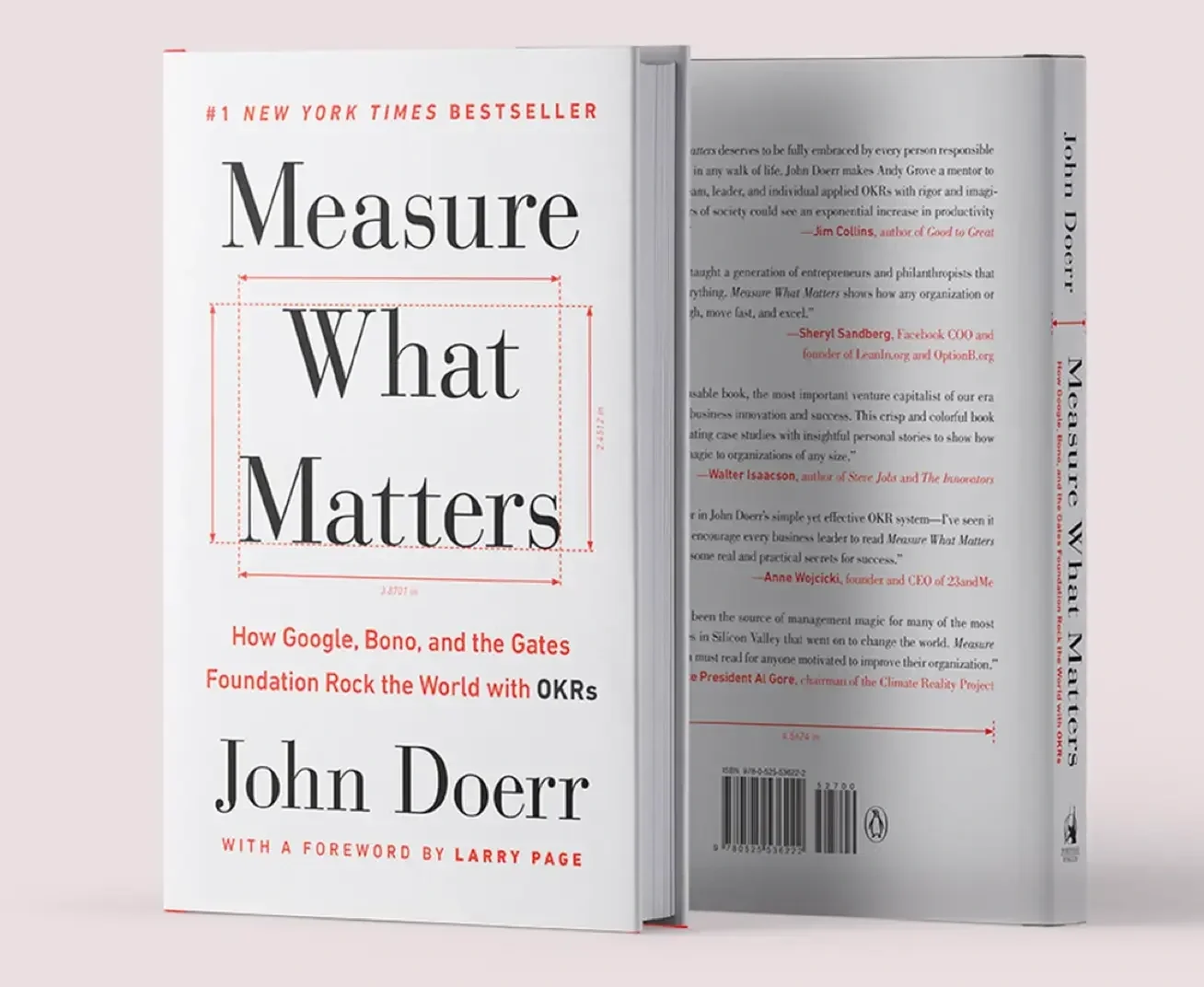Aligning Individual and Company Goals: A Key Competency for Effective Leadership
Welcome to Monthly Best Praxis, Talent Praxis's newsletter dedicated to sharing actionable insights and proven strategies for leadership development. Each month, we dive into key topics and competencies that help leaders drive performance, align teams, and create lasting impact. In this issue, we explore how aligning individual and company goals is essential for effective leadership.
When leaders align individual and organizational goals, they transform performance from a checklist into a shared mission.
This competency ensures that every person understands how their work contributes to the company’s success—building engagement, accountability, and focus.
Misalignment leads to wasted effort; alignment turns effort into impact.
Achieving Success Through a Combination of Skills, Attributes, and Experience
Aligns Individual and Company Goals- Connects team members' objectives with organizational success.
Below are examples of skills, attributes, and experiences that support the potential for the competency. Infinite combinations of strengths in various skills, attributes, and experiences can generate success in this competency.
Examples of skills supporting:
Strategic Translation – The ability to connect big-picture strategy to individual roles and objectives.
Performance Coaching – Guides team members to set personal goals that drive both growth and organizational outcomes.
Communication for Alignment – Clearly articulates how individual work supports company priorities and reinforces shared purpose.
Examples of attributes supporting:
Collaborative – Seeks input and ensures mutual understanding of goals across levels.
Purpose-Driven – Motivated by linking daily actions to long-term organizational impact.
Empathetic – Understands individual motivations and aligns them with collective success.
Examples of experience supporting:
Goal-Cascading Processes – Experience translating organizational OKRs or strategic plans into individual performance goals.
Cross-Functional Projects – Exposure to how different teams’ objectives integrate to achieve shared outcomes.
Performance Planning and Review – Leading or contributing to goal-setting conversations that connect development with business results.
A self-assessment worksheet for leaders to reflect on how effectively they align individual and company goals, using a scale from "Never" to "Always."
Practical Steps for Leaders to Develop This Competency
1. Start every goal-setting conversation with organizational context.
Open with the company’s priorities before discussing individual or team goals. This ensures alignment begins at the source, not as an afterthought.
2. Co-create goals with your team.
Ask each team member to describe how their work connects to broader outcomes. Co-creating goals builds shared ownership and intrinsic motivation.
3. Make alignment visible.
Use shared dashboards, team meetings, or OKR tools to show how individual goals ladder up to company metrics. Visibility reinforces purpose and accountability.
4. Review alignment regularly.
Schedule quarterly alignment reviews to adjust goals as business needs evolve. This keeps priorities relevant and engagement high.
5. Link feedback to impact.
When recognizing achievements or providing coaching, explicitly connect feedback to organizational outcomes—“Your work on X advanced our goal of Y.”
6. Build alignment into performance conversations.
Ensure performance reviews evaluate not just results, but how effectively those results supported organizational success.
Common Challenges and How to Overcome Them
Setting goals in isolation
Leaders often define goals without grounding them in the company’s strategy.
Overcome it: Begin with strategic priorities before discussing team or individual objectives. Use organization-level OKRs or strategic pillars as the anchor.
Prioritizing business outcomes over individual motivation
When goals only serve the organization, team members can feel disconnected.
Overcome it: Co-create goals that balance personal growth and business impact—people commit more deeply when their goals also reflect their values.
Misalignment during change
Organizational shifts happen faster than goal updates, leaving teams focused on outdated targets.
Overcome it: Hold short alignment check-ins during major shifts to clarify what’s changing and how priorities must adjust.
Limited visibility across teams
Teams may duplicate effort or pull in different directions when alignment isn’t transparent.
Overcome it: Use shared planning tools or team meetings to connect goals across departments and highlight interdependencies.
Assuming alignment after goal-setting
Many leaders mistake initial agreement for lasting alignment.
Overcome it: Reinforce the connection throughout the year—link progress updates, feedback, and recognition to company goals consistently.
Connecting to Other Leadership Competencies
Aligning individual and company goals reinforces several other leadership competencies. It builds on Sets Clear and Impactful Goals and Defines Team Vision and Purpose by translating strategic direction into actionable, personal objectives. It also relies on Shares Information Effectively and Builds Trust and Relationships, ensuring transparency and engagement as priorities evolve.
Apply Your Learnings
In your next team meeting, connect one team or individual goal directly to a company objective and explain the link out loud.
Ask team members to share how their work contributes to broader success—build this into regular check-ins.
Revisit and refresh these connections quarterly to keep alignment active, relevant, and motivating.
Explore More
Explores the science of motivation and how aligning individual purpose with organizational goals boosts engagement and results.
A practical guide to using Objectives and Key Results (OKRs) to connect daily work with organizational strategy and measurable impact.
Focuses on helping leaders turn strategy into action through meaningful conversations about performance. Provides practical prompts and tools to guide teams in aligning daily behaviors with high-impact organizational goals.
About Talent Praxis
Cultivating Leadership Impact
Our work at Talent Praxis focuses on helping senior leaders identify the strategic behaviors that drive success, so they can lead with greater confidence, clarity, and impact. We partner with organizations to design custom leadership development programs that integrate executive coaching, assessments, and training, delivering measurable results and elevating leadership effectiveness.
Why custom leadership development programs?
Leaders define the direction and culture of an organization. Leadership development programs result in:
Increased Productivity and Performance
Higher Employee Engagement and Retention
Improved Financial Performance
As your company and market evolve, so must your leadership. Our custom leadership development programs are designed to meet your organization’s unique needs, empowering leaders with the skills to drive engagement, foster success, and deliver measurable results.





